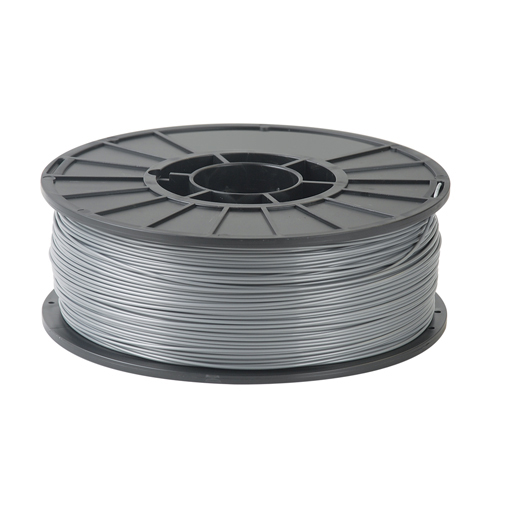There is little doubt that 3D printing has enormous implications for space exploration and that Made In Space was and is the very first company to actually explore them by manufacturing objects in space. The company also has a very wise approach to marketing, which is good, since someone has to finance their vision, a vision that is more and more dependent on private ventures rather than NASA.
The Made In Space brand is getting stronger and that strength will help the young company push commercial products that also leverage their experience working in the extreme conditions of Earth’s orbit. One of these products is their new filament range: it consists of standard ABS and PLA materials; however they were extruded with strict dimensional accuracy set at 1.75 mm and selected from a wide-range of polymer blends that Made In Space tested as part of the 3D Printing in Zero-Gravity Technology Demonstration.

In this case, the goal of Made In Space is to push the adoption of additive manufacturing in order to accelerate space exploration. Few doubt that the only way to truly build long range spaceships and space colonies will depend on our ability to harvest resources and utilize them locally, even if the location is out of this world.
To achieve this Made In Space’s team has done over 30,000 hours of 3D printing technology testing, the benefits of which can now be passed on to you in a new range of red, white, black and silver, 1 lb spools, retailing for $24.95. A very down-to-Earth price.


